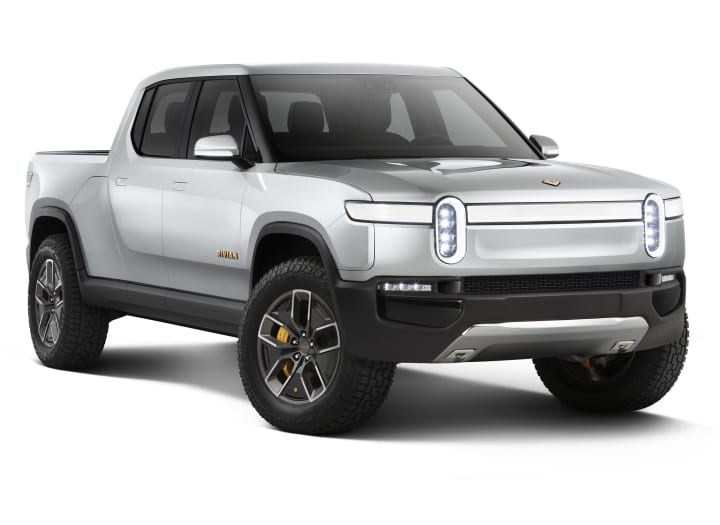Rivian recently announced its plans for building its own charging network in the US and Canada. Rivian’s goal is to provide faster level III charging along major travel routes, and to provide destination chargers (level II) at trail heads and other “adventure” destinations. It is unclear to me if this is a serious plan or a way of marketing to the adventure traveler, but their numbers are spectacular: 10,000 level II chargers by the end of 2023, including at least two in every Colorado State Park. Furthermore, by the same date they are promising 3500 DC Fast Chargers (level III), spread over 600 locations, and unlike the level II chargers, which will be available to almost everyone (with a J-1772), the DC Fast Charging network will be available to Rivian owners only.
You may be unfamiliar with Rivian. Rivian has yet to sell a car or truck. They are building a factory in Illinois to introduce three models this year, each built on the same basic all-electric chassis: 1) a high performance pickup truck (photo), 2) an SUV, and 3) a delivery truck for Amazon. They have an order from Amazon for 100,000 of the delivery trucks, leading most investors to be confident that a serious vehicle will emerge. Rivian’s pickup is set to beat Tesla into production and likely outperform it as well. At present, the Rivian truck is expected to be about $10,000 more expensive than the Tesla Cybertruck. First deliveries of the truck are scheduled for early summer 2021.
According to Statistica.com as of Feb 16, 2021 (https://www.statista.com/statistics/416750/number-of-electric-vehicle-charging-stations-outlets-united-states/) the US presently has about 85,000 operational level II public chargers at 40,000 sites (assuming that 16% of all chargers are level III, as indicated on Plugshare.com’s statistics page) and about 16,000 level III public charger plugs (the number of locations is not easily inferred, but fewer than 5000). The number of charging plugs is rising steeply, but the Rivian contribution, if fully realized, with be significant.
Technical details
The Rivian DC Fast Chargers will be fast: at least 200 kW initially, with the intent of raising those to 300 or more kW. For comparison, the new Fast Charger going into downtown Durango this summer is rated at about 50 kW if both plugs in a post are in use. At 200 kW, a Rivian truck should gain about 140 miles of range after 20 min of fast charging through Rivian’s system.
Rivian will be making a level II home charger as an option for Rivian buyers. It will charge at 11.5 kW (requiring 60 A service, at the higher end of home chargers), and will provide up to 25 miles of additional range for every hour of charging.
Rivian vehicles will come equipped with a cord in the frunk capable of plugging into either a standard wall outlet (110 V) or a 220 V wall outlet. The latter option will appeal to visitors to campgrounds with “full hookups” as they permit level II charging (up to 16 miles of additional range per hour of charging), without the need for a dedicated “charger.”

